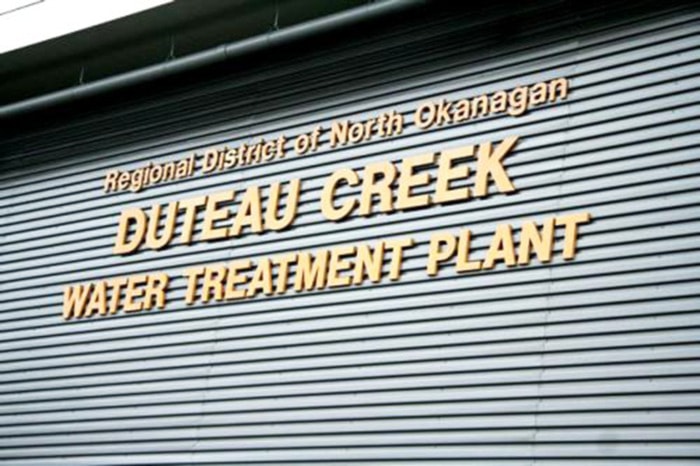Greater Vernon’s master water plan appears to be largely unchanged.
The Greater Vernon Advisory Committee was told Thursday that a stakeholders advisory committee is recommending Duteau Creek and Kalamalka Lake be maintained as drinking water sources and that two treatment plants remain.
“The majority is satisfied all feasible options have been considered,” said Juliette Cunningham, GVAC chairperson who also sits on the SAC.
A bulk of the SAC also agreed that partial separation of agricultural land from treated water should occur.
Jim Garlick, GVAC director and SAC chairperson, supports having two water sources because of the flexibility it provides.
“If there is an emergency or repairs that need to be done, we can take care of that more easily,” he said.
Terry Mooney, a SAC member, is blasting the actions of most of his colleagues.
“The majority wanted to rubber stamp what the consultant recommended,” he said, adding that he wasn’t the only member opposed to a strong of recommendations April 21.
“All of our objections were shot down. There is no consensus.”
Mooney insists total separation of agricultural land from treated water should occur.
“Duteau should be strictly for irrigation. All domestic water should come from the Mission Hill treatment plant (Kal Lake) and eventually Okanagan Lake,” he said.
Gyula Kiss, a Coldstream councillor, isn’t surprised by the outcome of the process.
“They wouldn’t allow me to get on to the committee and then they eliminated me from GVAC,” he said.
“So any input from an opposing view was eliminated.”
Garlick says all information was provided to the SAC and the group was not forced to maintain the status quo with the master water plan.
“They didn’t allow themselves to be pushed around. They chose their own path,” he said.
A 2014 referendum to borrow $70 million for the water plan was shot down by residents, and Garlick isn’t sure what would be borrowed now.
“We have reserves and there could be other money to tighten it up,” he said.
The stakeholders advisory committee will meet May 19 to discuss its final report, which will then go to GVAC for consideration.
